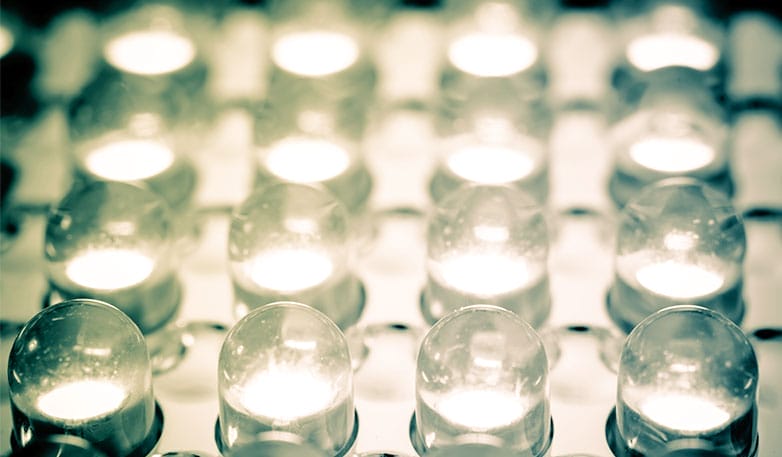LEDs play vital role in medical device innovation
LEDs are being used more and more in the medical industry. Some of their many advantages include longer life, less heat generation, higher efficiency, higher controllability, often lower cost, multiple light sources and smaller device profile. As a result they are being incorporated into an increasing number of surgical applications including surgical lighting and devices as well as finding other uses such as phototherapy.

LEDs are now popular choices for exam room lighting. The low emitted heat makes them much more comfortable for the patient and reduces the risk of tissue damage, especially during longer procedures.
For endoscopic procedures, traditional light sources are coupled into a small diameter bundle which is inserted into the body via a small cavity, lossy coupling means very bright light sources have traditionally been required.
With the improvements in light intensity, colour, size, weight, longevity and cost more and more applications are being found.
One company, Luminus Devices, has developed a line of high performance LEDs, which allow the chip to be driven at a high current density of 2A/mm2, this achieves the high lumen density of greater than 300 lumens/mm2 over and area of 8mm2 required. The new LED emits directly into air, reducing the optical extent (etendue) of the source, allowing more light to be coupled into the optical fibre.
Another application of LEDs is that of bilirubin lights, these are used to break down the potentially damaging bilirubin that can cause jaundice in new-borns. The Blue LED light allows the bilirubin to isomerise into a water soluble isomer which can be excreted in urine.
LEDs offer several advantages to the demanding requirements of medical applications, and with the improvements in light intensity, colour, size, weight, longevity and cost more and more applications are being found.
Yvonne Jansen
Sagentia
